1. Toy Guns That Looked Completely Real
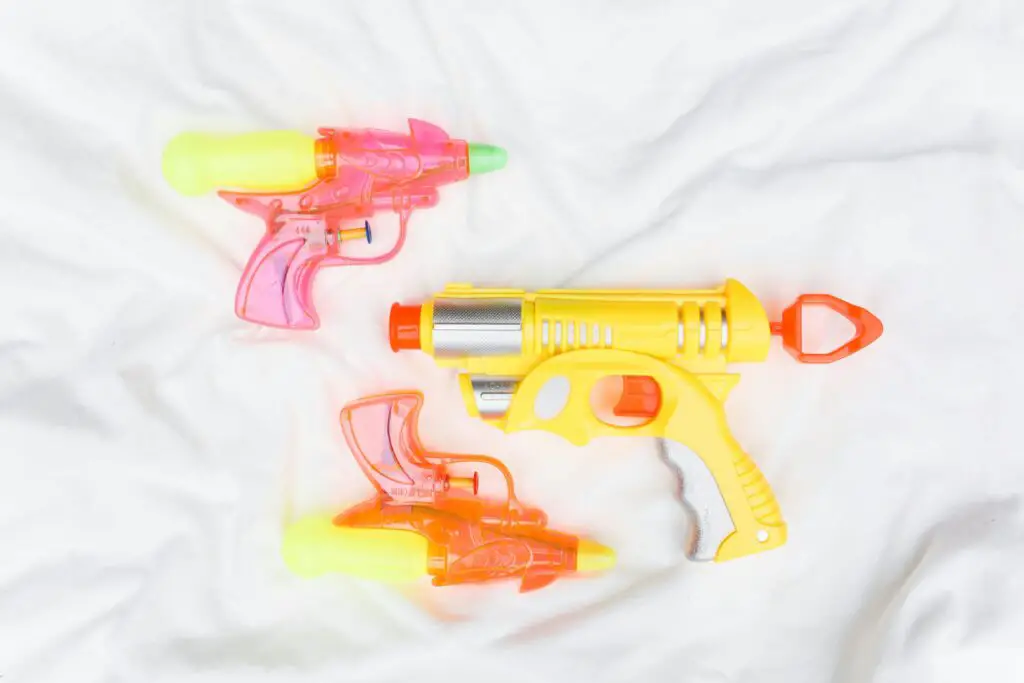
In the ’50s, kids could buy toy guns that looked almost identical to the real thing. These metal guns were weighted like real firearms and sometimes even made a loud popping noise when fired. Some models had caps that created a puff of smoke, making the toy gun even more convincing. Children would run around their neighborhoods pretending to be cowboys, soldiers, or detectives with these realistic-looking weapons says the Washington Post.
At the time, parents didn’t worry about the dangers of kids playing with these toys. But today, toy guns are required to have bright colors or orange tips to distinguish them from actual firearms. Too many incidents have happened where police mistook toy guns for real weapons, which is why regulations have tightened. What was once seen as harmless fun is now restricted due to safety concerns. It’s hard to imagine the same level of freedom kids had with these realistic toys.
2. Mercury Thermometers
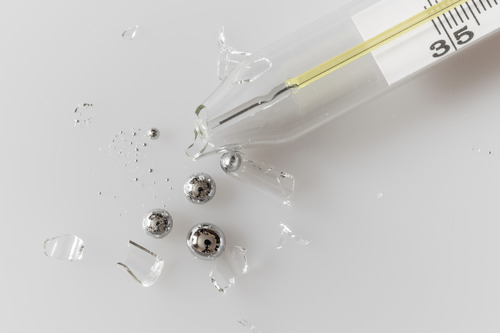
Mercury thermometers were common in the ’50s, and many kids used them when they were sick. These thermometers contained liquid mercury, which is highly toxic if spilled or ingested. Many children found the mercury fascinating and played with it, unaware of the dangers. At the time, there was little understanding of how harmful mercury exposure could be to children says CBS News.
Today, mercury thermometers have been largely banned because of the health risks. Even small mercury spills can cause contamination, and cleanup requires specialized methods. Modern thermometers now use safer materials like digital sensors or alcohol. In the ’50s, no one thought twice about using a thermometer that could potentially cause poisoning. Looking back, it’s clear how risky those products were.
3. Cigarettes and Candy Cigarettes
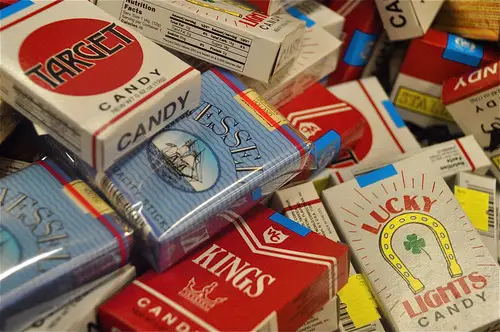
In the ’50s, kids could walk into a store and buy a pack of cigarettes, often with no questions asked. Smoking was highly normalized, and it was common to see young children light up, thinking it was just another part of growing up. Candy cigarettes, designed to look like real cigarettes, were also popular, complete with a puff of sugary smoke when blown on. These products made smoking seem fun and harmless for children says Thrillist.
Today, cigarettes are heavily regulated, and selling them to minors is illegal in most places. The idea of marketing cigarettes to kids is considered dangerous and unethical. Candy cigarettes have also been phased out in many countries, as health experts have recognized the harmful influence of normalizing smoking for children. In the ’50s, smoking was a cultural norm, and it was easy for kids to get involved before they understood the long-term effects.
4. Lawn Darts with Metal Tips
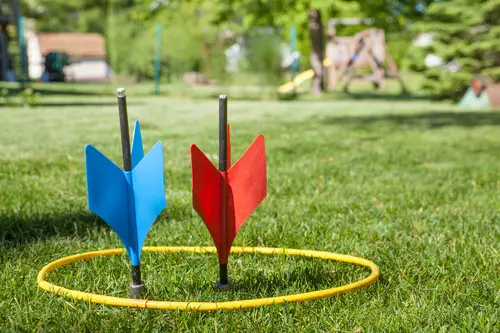
Lawn darts, popular in the ’50s, were heavy and sharp with metal tips, making them potentially dangerous. The game involved throwing the darts toward a target on the ground, but the sharp ends led to many injuries, some of which were serious. The darts were heavy enough to puncture skin and cause significant harm if they landed incorrectly. Despite this, kids still played with them without much concern for safety says Wikipedia.
Eventually, lawn darts were banned due to the risks they posed to children. Today, “safe” versions are sold, with soft, rounded tips to prevent accidents. While the game remains a fun backyard activity, the dangerous originals have long been phased out. The shift reflects how much our understanding of safety has evolved over the years. What was once a beloved game is now a cautionary tale about child safety.
5. BB Guns Without Any Age Restrictions
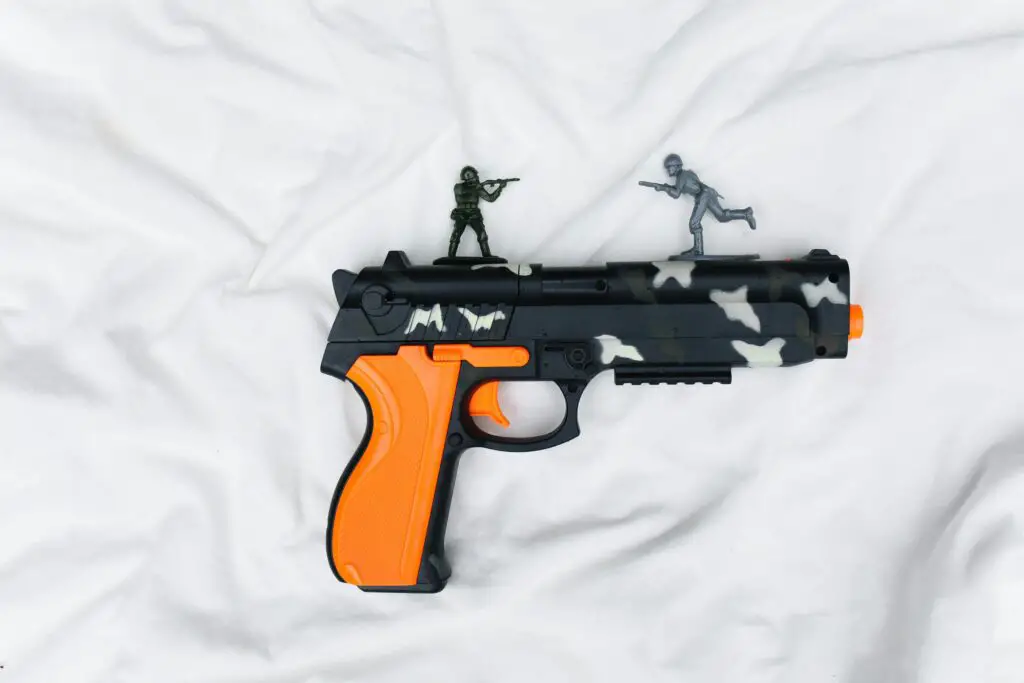
BB guns were widely available to children in the ’50s, and no one thought twice about it. A child could walk into a store, buy a BB gun, and start shooting in their backyard without any age restrictions or safety training. The idea was that BB guns were just toys for target practice or play. However, accidents happened, and many kids ended up injuring themselves or others.
Today, buying a BB gun requires supervision and parental consent, and they are often sold with safety warnings. There are stricter regulations in place to prevent minors from purchasing these potentially dangerous items. Although many children still enjoy BB guns, it’s done in a controlled, safer environment now. The days of buying one as a simple toy are long gone, and it’s clear that safety has become a priority in modern times.
6. Fireworks Sold Directly to Kids
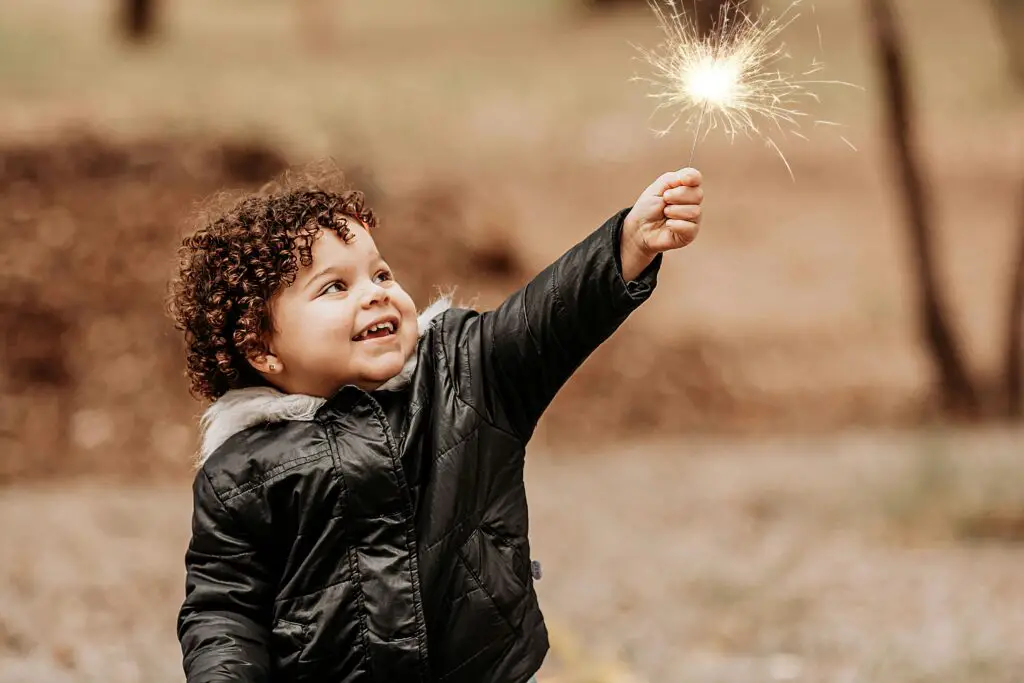
In the ’50s, fireworks were freely available for children to purchase. Kids could easily get their hands on firecrackers, sparklers, and even bottle rockets, with little concern for safety. Many children would light them in their backyards or on the street, sometimes leading to serious accidents or fires. The fun of setting off fireworks often outweighed the risks, which were not well understood at the time.
Today, fireworks are tightly regulated, with many places requiring a permit to purchase and handle them. Minors are often prohibited from buying or setting off fireworks due to the potential dangers. The harmful consequences of fireworks accidents have led to much stricter laws and safety guidelines. In the ’50s, however, there was little consideration for the hazards associated with fireworks. What seemed like harmless fun now raises serious safety concerns.
7. Lead-Based Toys and Paint

Lead-based paint was commonly used on toys and furniture in the ’50s, creating bright, glossy finishes that were visually appealing. However, lead is a toxic substance, and children often put painted toys in their mouths, unknowingly ingesting lead particles. This led to numerous cases of lead poisoning, though the health risks were not fully understood at the time. Many households also had lead-based paint on walls, which posed additional dangers.
Today, lead-based paint is banned in toys and household products. Regulations require that children’s products undergo rigorous testing to ensure they are free of harmful substances. Health experts now understand the devastating effects of lead exposure, which can cause developmental delays and learning disabilities. In the ’50s, however, lead was widely used without much concern for its toxic properties.
8. Exploding Cap Gun Ammo
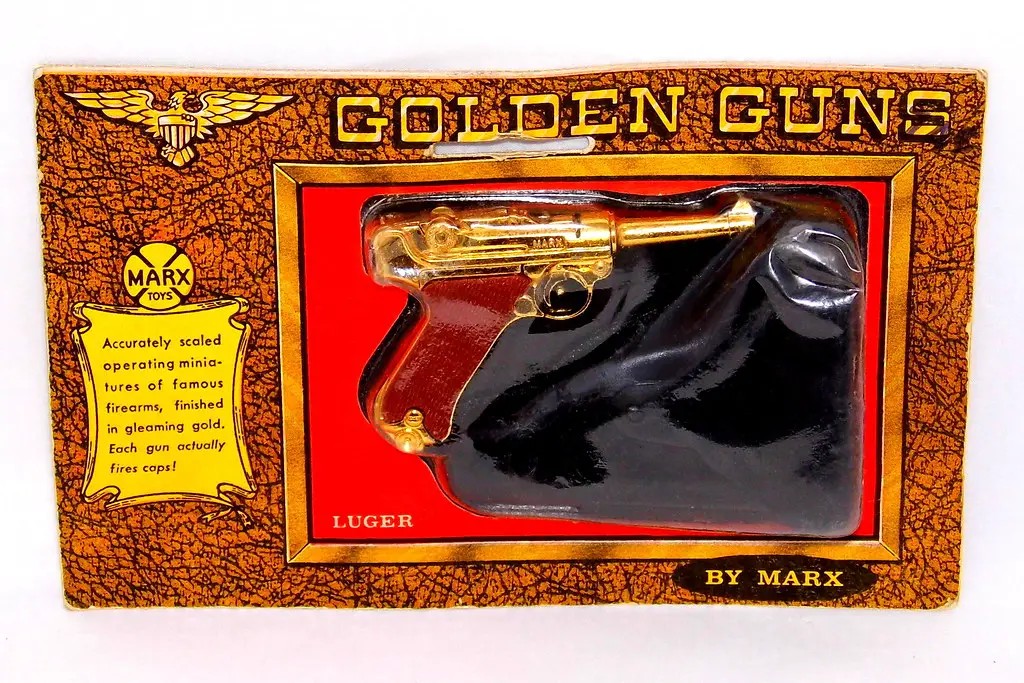
Cap guns, popular in the ’50s, used small paper caps that created a popping sound when fired. These caps, though seemingly harmless, could cause serious injuries if mishandled. Some kids would hit entire rolls of caps with hammers to create a bigger explosion, or even use the gun to make homemade firecrackers. It was all fun and games until someone got hurt.
Today, cap gun ammunition is closely regulated, and the loud explosions of the past are no longer part of the picture. Toy gun ammunition must now adhere to strict safety standards, and it’s hard to find the old explosive versions on the market. While cap guns are still around, they are far safer and lack the potential for harm they once carried. What was once a thrilling explosion of sound is now just a distant memory for many.
9. Real Archery Sets
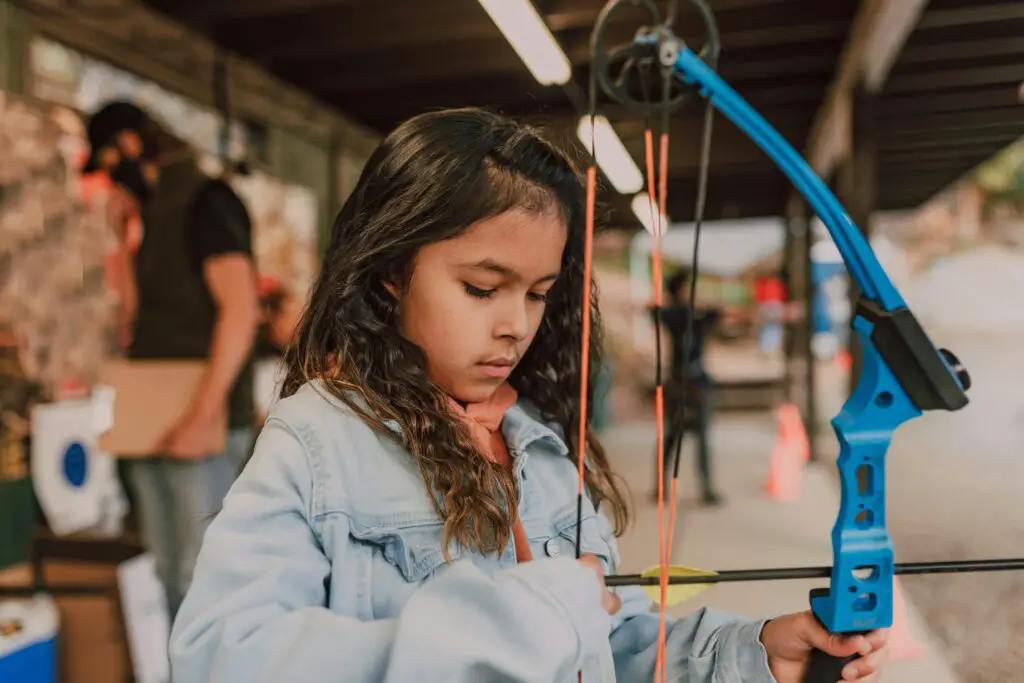
Kids in the ’50s could easily purchase real archery sets, complete with sharp arrows and a functioning bow. These weren’t the toy versions we see today with foam tips; they were real weapons that could injure someone if not handled correctly. Many kids practiced archery in their backyards, aiming at targets or, more dangerously, at each other. The lack of safety measures and adult supervision often led to accidents.
Today, archery sets for kids are much safer, with rounded tips and close supervision required. Many schools and youth programs now offer archery as a structured activity, with strict rules in place to ensure safety. The bows and arrows sold today are designed to be less dangerous, and children are taught to use them responsibly. In the ’50s, though, there were few safety guidelines, making it easier for kids to get hurt.
10. Pocket Knives Without Any Restrictions
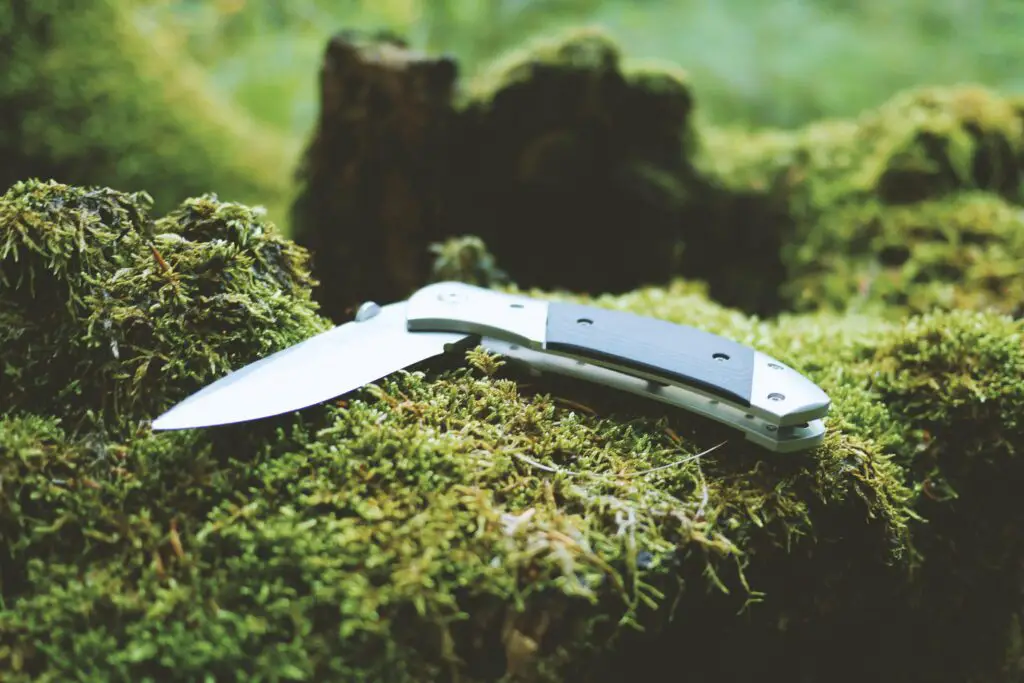
In the ’50s, it was common for kids to carry pocket knives, often bought without any age restrictions. A child could walk into a store, purchase a knife, and begin using it without any formal instruction. Knives were seen as useful tools for whittling or opening packages, but they also posed a significant danger. Many kids ended up cutting themselves while using the knives carelessly.
Today, pocket knives are not easily accessible to minors. Many stores require parental permission to purchase one, and schools often have strict policies banning knives from campus. Safety awareness has led to more responsible use of knives, with children receiving proper education before being allowed to carry them. In the ’50s, however, a knife was just another tool, and the risks were not fully understood.
11. Chemistry Sets
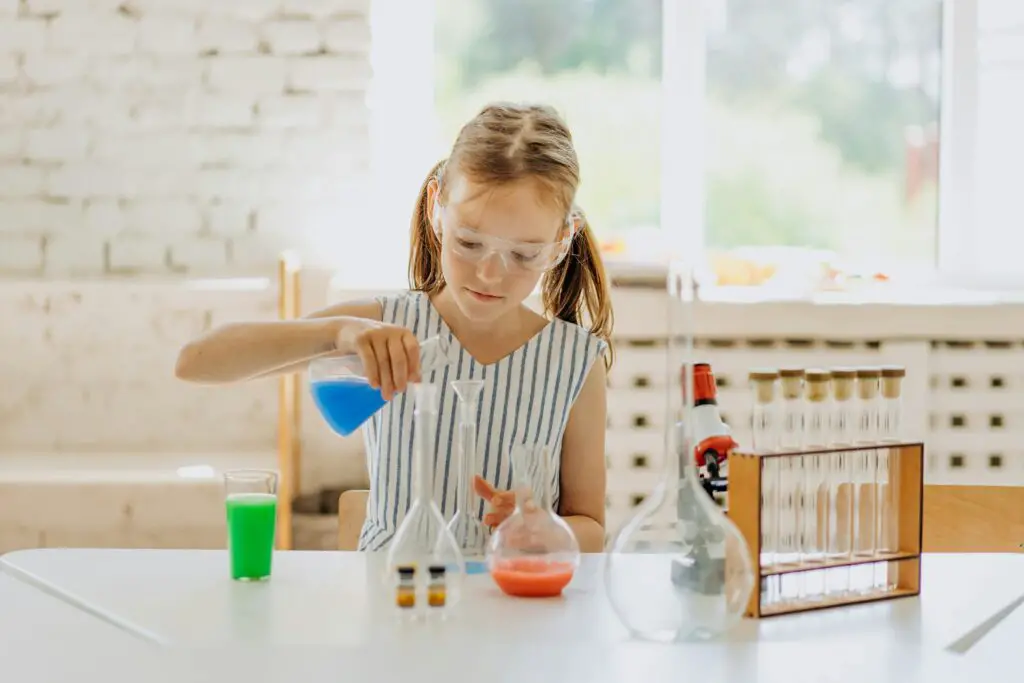
Chemistry sets were wildly popular in the ’50s, but many of them contained actual dangerous chemicals. Kids could mix sulfur, potassium nitrate, and even uranium ore in their backyard, creating explosions or toxic fumes. There were no warnings about the hazards of handling such substances, and many children used these chemicals with little understanding of the risks.
Today’s chemistry sets are filled with safe, non-toxic substances, and children are taught about safety before conducting experiments. The chemicals once included in these kits would be illegal for use in a child’s toy today. With modern science kits, children can still explore chemistry in a safe way, learning about the reactions of harmless ingredients. The dangerous kits of the ’50s were a relic of a time when safety wasn’t a major concern.
12. Firearms and Gunpowder Kits
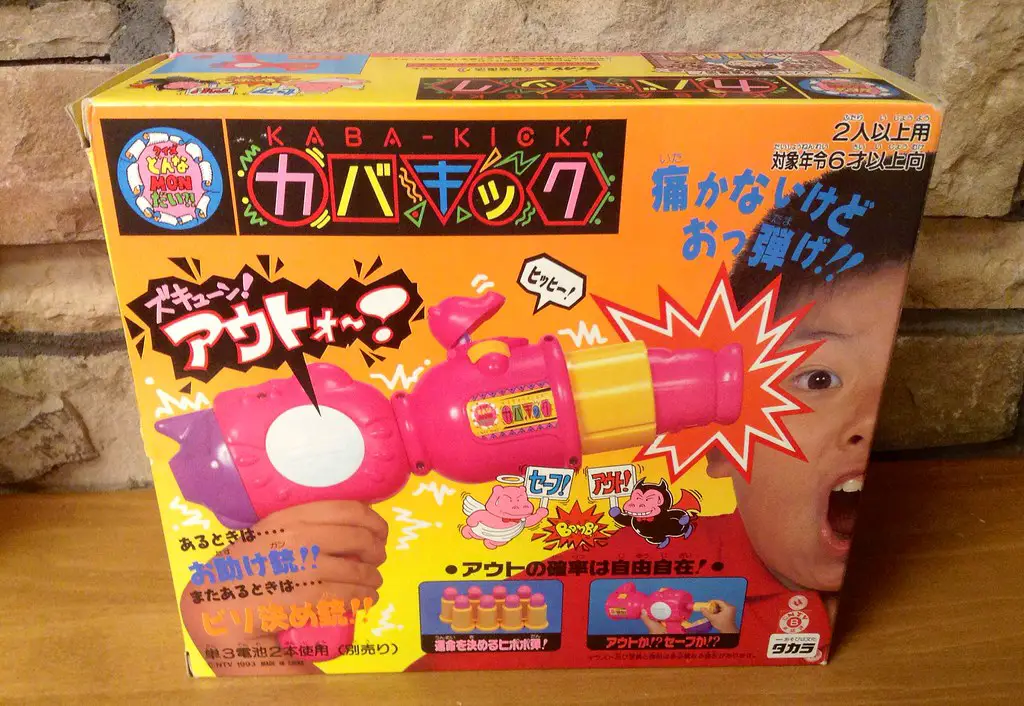
In the ’50s, kids could buy kits to make their own firearms or experiment with gunpowder. These kits often came with materials to assemble toy guns that shot real projectiles or fireworks. Some kids even built makeshift firearms using instructions from the kits, which sometimes led to accidental injuries. The use of actual gunpowder in these kits added another layer of danger.
Today, firearms and gunpowder are tightly regulated, and it’s nearly impossible to find kits like these. Modern toy guns are designed to be non-functional or use soft projectiles, eliminating the risk of harm. Children are no longer encouraged to experiment with potentially deadly materials. The kits from the ’50s were a stark reminder of a time when the potential dangers were not always taken seriously.
13. Real Knives and Swords
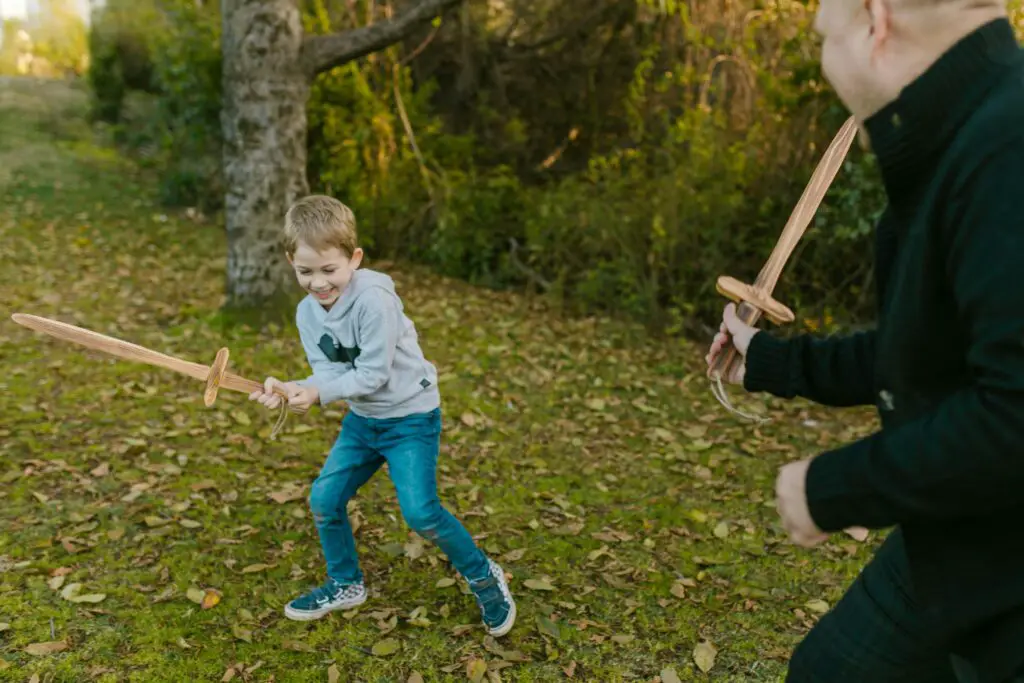
Many children in the ’50s had access to real knives, swords, and daggers for play or to collect. These were often sharp, functional blades, not toys or replicas. Children would use these items to play out adventures or as part of their “grown-up” imaginations. Some would even take them to school or on camping trips.
Today, laws prohibit minors from purchasing real weapons, and toy versions are made with safety in mind. Safety guidelines exist to ensure that children have access to only the safest and most age-appropriate toys. The sharp, real blades of the past are a thing of history, and the risks they posed have led to stricter regulations. Children today are no longer given access to such dangerous items without adult supervision.
14. Live Animals Sold as Pets

In the ’50s, live animals were often sold in pet stores, sometimes to very young children, with little regard for their care requirements. Some kids would buy small animals like snakes, turtles, or even baby chicks without understanding the long-term commitment of caring for them. This often led to the animals being abandoned or poorly treated when they grew too large or difficult to care for.
Today, there are strict regulations about the sale of exotic animals, and many pets require permits or special care instructions. Kids are taught about the responsibility of owning a pet, and the sale of certain species is tightly controlled. The idea of buying a live animal without considering the animal’s needs would be unthinkable today. It’s a sign of how far we’ve come in terms of understanding the ethics of pet ownership.
